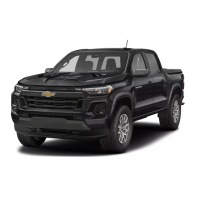
Do you have a question about the Chevrolet Colorado 2024 and is the answer not in the manual?
| Brand | Chevrolet |
|---|---|
| Model | Colorado 2024 |
| Category | Automobile |
| Language | English |
Information for owners of vehicles first sold in Canada.
Explains the meaning of hazard symbols and messages in the manual.
Explains symbols used instead of text for vehicle controls and indicators.
Provides a chart of common vehicle symbols and their meanings.
Details about remote key operation, door locks, and lockout protection.
Information on tailgates and transporting items that can catch fire.
Explains theft-deterrent features, alarm system, and immobilizer.
Covers convex, power, folding, and heated mirrors.
Describes interior rearview mirrors and their adjustments.
Covers power windows, window lockout, express movement, and all windows down.
Information on the sunroof operation and maintenance.
Details on adjusting and installing front and rear head restraints for safety.
Covers seat adjustment, power seat adjustment, and lumbar adjustment.
Information regarding rear seat features and considerations.
Explains proper use of seat belts, safety, and belt extenders.
Describes airbag locations, inflation, and safety precautions.
Guidance on selecting, installing, and using child safety seats.
Details on various storage locations like glove box, cupholders, and console.
Instructions on how to open and use the glove box.
Information on accessing and using the vehicle's cupholders.
Describes storage options located under the rear seat.
Instructions on accessing and using the storage bin in the tailgate.
Explains storage options available within the center console armrest.
Details on steering wheel, horn, wipers, clock, power outlets, and wireless charging.
Explains the meaning and function of various warning lights, gauges, and indicators.
Covers the Driver Information Center (DIC) and its display options.
Lists and explains various messages displayed by the vehicle's system.
Information on exterior lamp controls, DRLs, automatic headlamps, and fog lamps.
Covers instrument panel illumination, dome lamps, and reading lamps.
Explains entry lighting, exit lighting, and battery management features.
General introduction to the infotainment system and its controls.
Details on using audio, phone, and navigation controls on the steering wheel.
Explains how to navigate menus, use audio sources, and manage Bluetooth devices.
Covers AM-FM radio operation, station finding, tuning, and audio settings.
Instructions on using the navigation system, maps, destinations, and route guidance.
Details on Bluetooth connectivity, pairing, making calls, and using voice commands.
Information on connecting and using smartphone projection features.
Covers various vehicle and system settings, including connections and display options.
Explains the function and operation of the heating, cooling, and ventilation system.
Describes how to adjust and direct airflow from the vehicle's air vents.
Information on passenger compartment air filter replacement and general service.
Tips for better fuel economy, distracted driving, defensive driving, and impaired driving.
Covers new vehicle break-in, ignition positions, starting the engine, and stop/start systems.
Details electric brake boost, ABS, electric parking brake, and brake assist systems.
Explains traction control, stability control, hill descent control, and driver mode control.
Information on setting, using, and disengaging cruise control and adaptive cruise control.
Overview of features like FCA, LKA, SBZA, RCTA, AEB, and FPB for crash avoidance.
Information on recommended fuel, prohibited fuels, and fuel additives.
Guidance on towing, trailer weight ratings, hitches, and trailer wiring.
Importance of genuine GM parts, accessories, and modifications.
Guidance on performing owner maintenance tasks like checking fluids and components.
Instructions on how to safely open, close, and inspect the vehicle's hood.
Identifies key components and fluid reservoirs within the engine compartment.
Essential information on selecting, checking, and changing engine oil for performance.
Recommendations for using appropriate washer fluid for climate conditions.
Covers brake pad wear indicators, pedal travel, and brake system components.
Information about the original equipment battery and its maintenance.
Explains the transfer case and its modes for different driving conditions.
Details on tire types, pressure, inspection, rotation, and replacement.
Step-by-step instructions for safely jump starting a vehicle's battery.
Guidelines for transporting disabled vehicles and recreational vehicle towing.
Importance of vehicle maintenance for protecting value and preventing costly repairs.
Details recommended services and intervals for tire rotation and other checks.
Explains the benefits of a multi-point inspection for identifying service needs.
Outlines services for severe commercial use vehicles and underbody flushing.
Lists recommended fluids, lubricants, and parts for vehicle maintenance.
Guidance on recording service dates, odometer readings, and services performed.
Information on Vehicle Identification Number (VIN) and its locations.
Covers capacities and specifications for various vehicle fluids and torque values.
Explains the customer satisfaction procedure and assistance channels.
Lists contact information for customer assistance in the US, Canada, and overseas.
Details how to report safety defects to US and Canadian governments, and General Motors.
Information on vehicle data recording, privacy policies, and cybersecurity.
Explains GM's commitment to protecting vehicle electronics and customer data.
Describes the purpose and data recorded by the Event Data Recorder (EDR).
Introduction to the OnStar system, its status lights, and contact information.
Details Emergency, Security, and Roadside Assistance services provided by OnStar.
Covers in-vehicle audio messages, transferring service, and selling/transferring the vehicle.
Overview of navigation, connections, and diagnostics services.
Explains how to use the navigation system, maps, destinations, and route guidance.
Services that help maintain connectivity, including Wi-Fi hotspot and security settings.
Guidance on changing default passwords and SSID for Wi-Fi hotspot security.

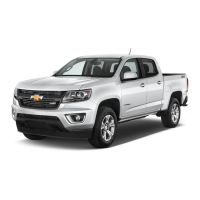
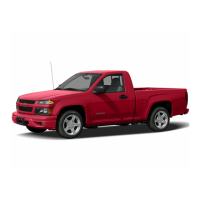
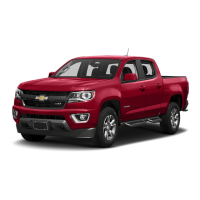
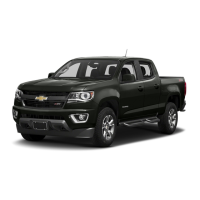

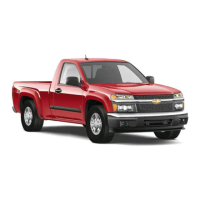
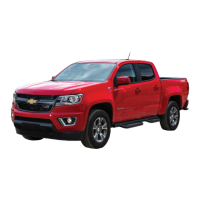

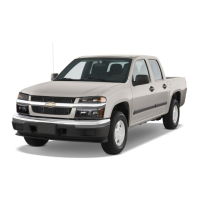


